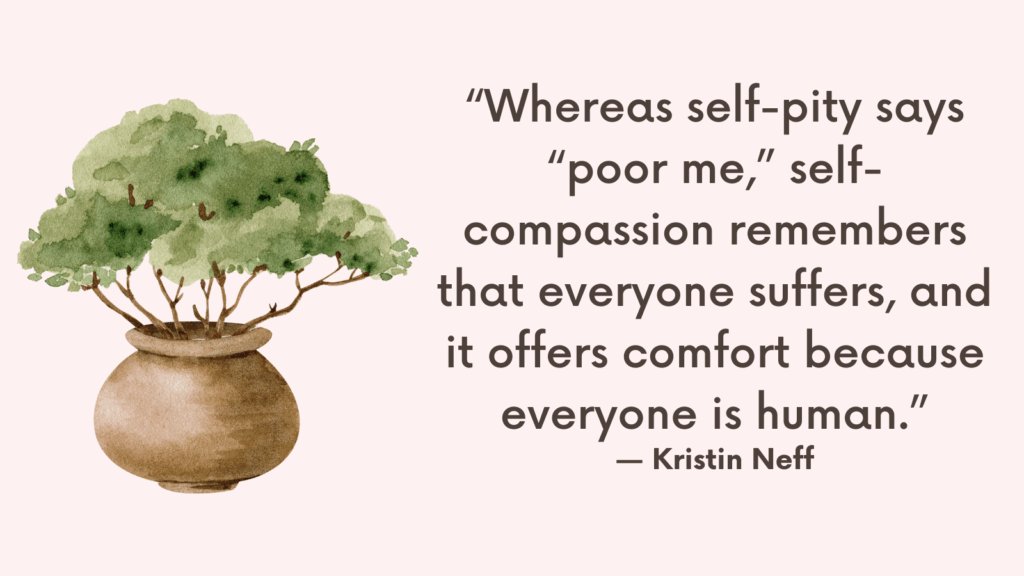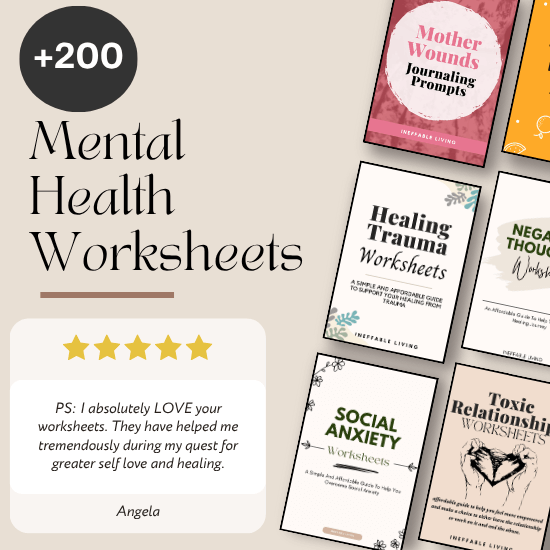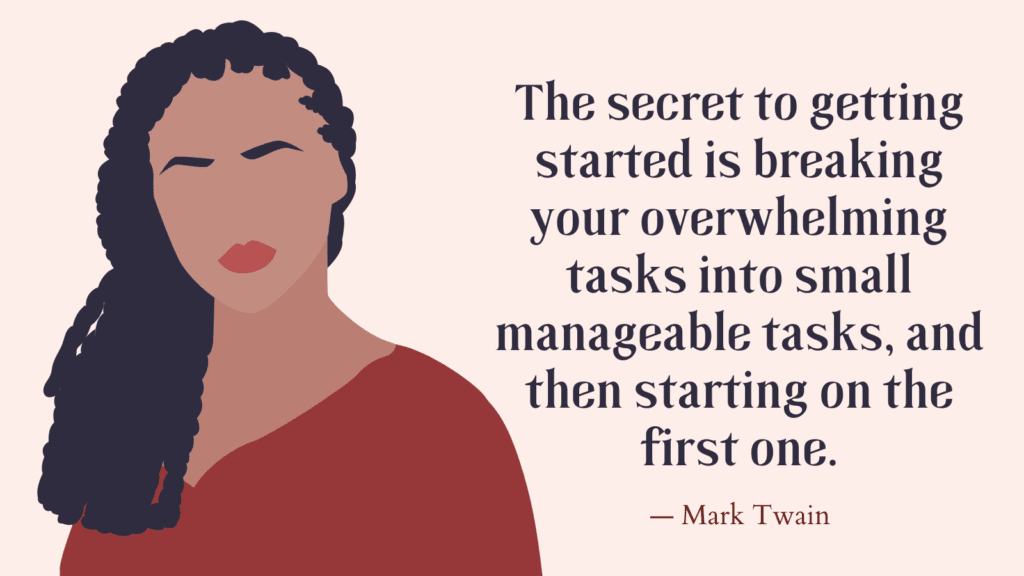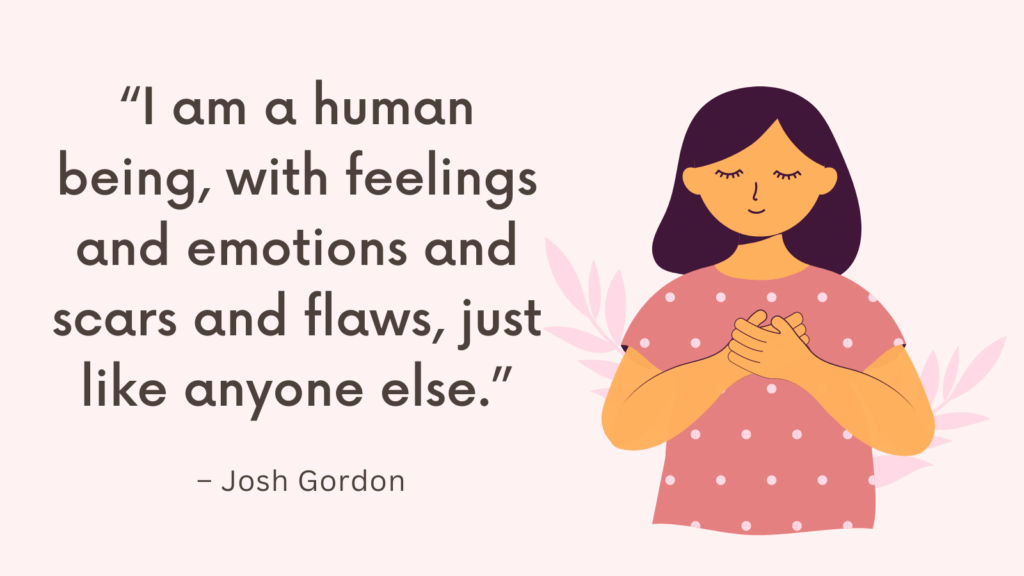When people think of ADHD, they often imagine restlessness, distractibility, or impulsiveness. What’s often left out of the conversation is emotional dysregulation—the intense, fast, and sometimes overwhelming emotional experiences that many people with ADHD live with daily. It’s not just about attention—it’s about emotion, too.
If you’ve ever been told you’re “too sensitive,” “overreacting,” or “taking things too personally,” this may be the hidden side of ADHD no one explained to you.
What Is Emotional Dysregulation in ADHD?
Emotional dysregulation refers to difficulty managing and recovering from emotional reactions. In ADHD, it often looks like:
- Feeling emotions more intensely than others
- Having difficulty calming down once upset
- Sudden mood shifts that feel out of your control
- Crying or snapping quickly without warning
- Dwelling on criticism or rejection for days
- Feeling shame or confusion after an outburst
These aren’t character flaws. They’re rooted in differences in brain function—especially in how the brain processes emotion, reward, and impulse control.
Why ADHD Affects Emotions So Strongly
People with ADHD often struggle with regulation not just in attention—but across multiple domains of self-management. Emotional regulation is just one more system that’s affected.
Here’s what’s going on under the surface:
- Low Dopamine Availability:
Dopamine helps with mood, motivation, and reward. In ADHD brains, dopamine is often lower or poorly regulated—making emotions harder to process and calm down from. - Delayed Prefrontal Cortex Maturation:
The prefrontal cortex, which helps regulate emotion, develop self-awareness, and plan responses, tends to develop more slowly in ADHD brains. - Executive Dysfunction:
Skills like inhibition, working memory, and emotional self-monitoring are weaker in ADHD—leading to fast emotional reactions with little pause for reflection. - Rejection Sensitive Dysphoria (RSD):
A phenomenon where perceived rejection or criticism causes intense emotional pain. Many people with ADHD experience this but don’t have a name for it.
What It Feels Like on the Inside
You may have been told to “just calm down” or “stop overreacting.” But emotional dysregulation in ADHD isn’t something you choose. It can feel like:
- Being fine one moment and deeply upset the next
- Feeling things so deeply you feel overwhelmed by your own intensity
- Feeling guilt or embarrassment after emotional reactions you didn’t see coming
- Becoming emotionally flooded during conflict and not knowing how to respond
This can deeply impact relationships, self-esteem, and your ability to feel emotionally safe.
Related: ADHD Brain Overload? These Worksheets Will Bring Focus and Relief
Why No One Talks About It Enough
Emotional dysregulation wasn’t historically included in ADHD diagnostic criteria, especially in adults. Many clinicians focused on attention and hyperactivity, missing the emotional storms that come with it.
This means many people go years—even decades—thinking they’re “too emotional” or “not emotionally mature,” when in fact, it’s part of their neurological wiring.
How to Begin Managing Emotional Dysregulation With ADHD
You can’t eliminate emotional intensity, but you can build awareness and tools to manage it. Here’s where to start:
1. Name It Without Shame
Recognize that this is part of how your brain processes emotions. You’re not broken—you’re wired differently. Learning about ADHD and emotional regulation can be a powerful first step.
2. Track Emotional Patterns
Keep a journal or voice notes of moments when your emotions feel out of control. What triggered you? What were the physical sensations? How long did it take to calm down?
This helps build interoceptive awareness—your ability to notice and respond to internal cues before they overwhelm you.
3. Pause Before Reacting (When You Can)
Sometimes, you won’t catch it. But when you can feel the wave coming:
- Step away if possible
- Breathe deeply—extend the exhale
- Place a hand on your chest or belly to ground yourself
- Tell yourself: “This will pass. I can ride the wave.”
This takes practice, and you won’t get it perfect. But each small pause builds regulation.
Related: How To Manage Time With ADHD? Best 17 Time Management Tips For ADHD Adults
4. Create a Calm-Down Plan
Make a list of what helps soothe your system when you feel emotionally flooded. Examples:
- Listening to a favorite calming song
- Hugging a pet or holding a weighted blanket
- Taking a walk around the block
- Using a fidget or grounding tool
- Saying aloud: “I’m safe. I’m not in danger. I’m overwhelmed, and that’s okay.”
Practice these strategies before you need them, so they’re more accessible when emotions hit hard.
5. Communicate With Others About Your Reactions
Let the people close to you know how your emotions work. You might say:
- “Sometimes I feel things really strongly and need a minute to come down.”
- “If I get upset suddenly, I’m not trying to hurt you. I’m just overwhelmed.”
- “It helps me when someone stays calm with me, even if I’m not.”
This opens space for more understanding and less shame.
6. Explore ADHD Medication or Therapy
Stimulant or non-stimulant medications can help regulate not just attention, but emotional responses. Likewise, ADHD-informed therapy (especially CBT or DBT) can build emotional awareness and self-regulation tools.
7. Practice Self-Forgiveness
You’ll have moments where you react too strongly or say something you regret. That doesn’t mean you’re failing. It means you’re human—and learning.
Come back to yourself gently. “That moment was hard. But I’m still learning how to take care of my emotions. I’m not stuck—I’m growing.”
Related: Top 7 Non-Medication Treatments for ADHD
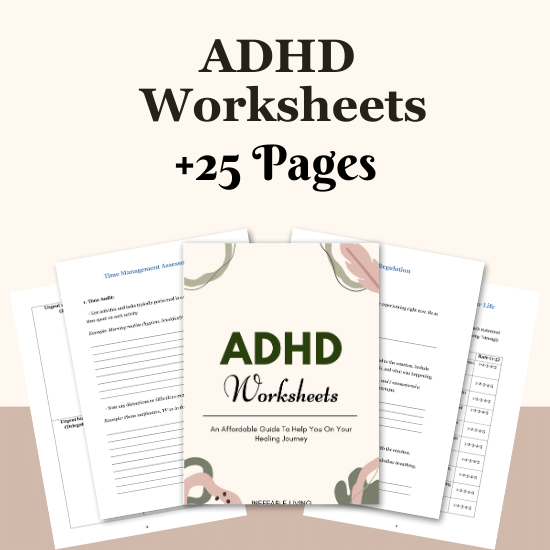
Conclusion
If you have ADHD and struggle with big emotions, you’re not “too much.” You’re not weak. You’re navigating a nervous system that feels the world deeply—and sometimes gets overwhelmed.
Emotional dysregulation isn’t your fault. But with awareness, support, and the right tools, it is something you can learn to manage with more compassion and clarity.
This isn’t about controlling emotions. It’s about building a life where your sensitivity becomes strength—and not a source of shame.
